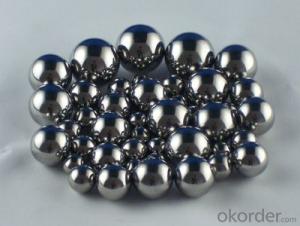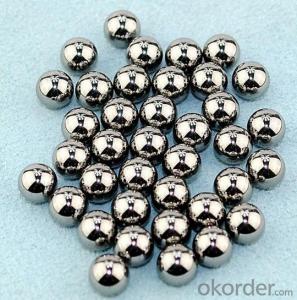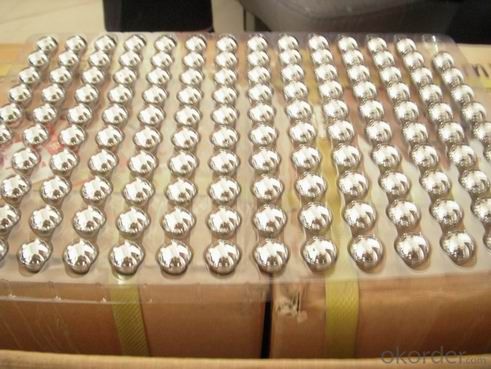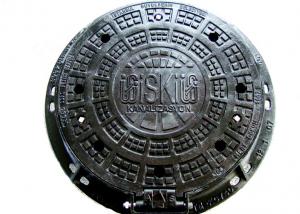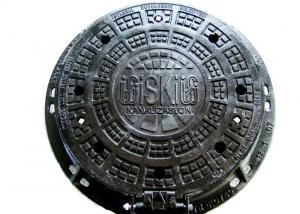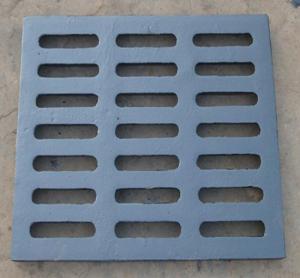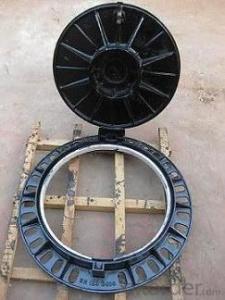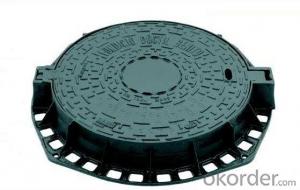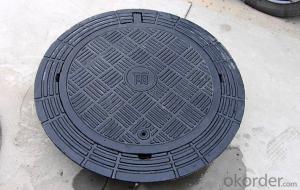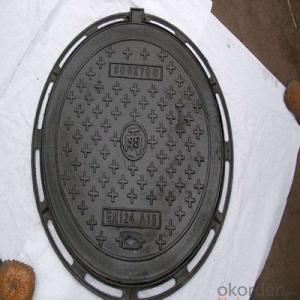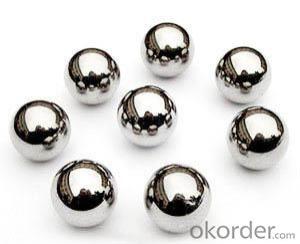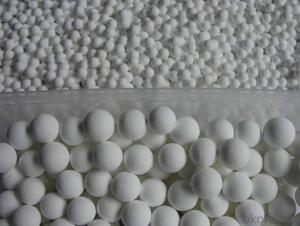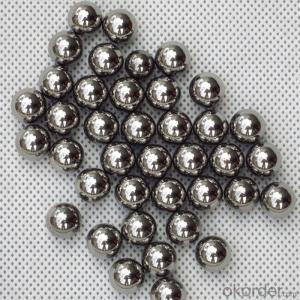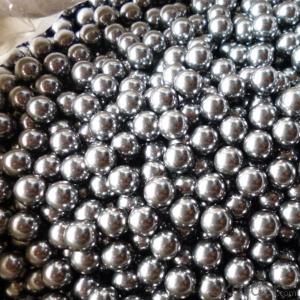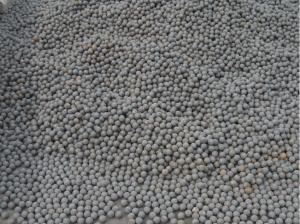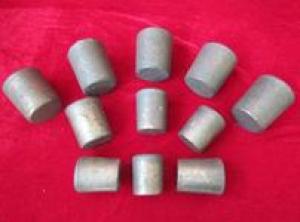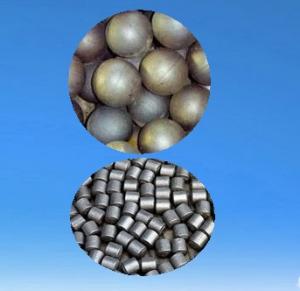BEST QUALITY! STAINLESS STEEL BALL FROM CHINA
- Loading Port:
- Tianjin
- Payment Terms:
- TT OR LC
- Min Order Qty:
- 1000 pc
- Supply Capability:
- 60000 pc/month
OKorder Service Pledge
OKorder Financial Service
You Might Also Like
Packaging & Delivery
| Packaging Detail: | as customer requirement, bag/box/export/ carton/pallet. |
| Delivery Detail: | 30DAYS |
Specifications
stainless steel balls 9mm
SS420 SS440C SS304 SS316
Good Quality Cheap Price
20 years Factory
ISO9001-2008
stainless steel balls 9mm
20 years steel ball manufacture
SS316 Stainless Steel Ball, SS304 Stainless Steel Ball,SS440 Stainless Steel Ball
SS420 Stainless Steel Ball, SS420C Stainless Steel Ball
Stainless Steel Ball Specification:
Material | Feature | General Applications |
AISI 420 | Magnetic, Harden-able, fair corrosion resistance | used for special bearings and valves where Balls requiring a combine -action of hardness and corrosion resistance |
AISI 440C | Magnetic, highest hardness, good corrosion resistance | used in bearing nozzles and valves where lubrication is poor or absent |
AISI 304 | austentitic, corrosion resistance, slightly magnetic, however annealing can makes it non - magnetic | Used in valves and relevant application , food products, aerosols, home sprays, perfumes and medical equipment. |
AISI 316 | non - magnetic, good corrosion resistance even when exposed to marine atmosphere and sulfuric acid. | used in presence of sulphuric, phosphoric and acetic acids. |
AISI 316 | Characteristics same as 316 but with excellent corrosion resistance, Lower carbon content than regular 316. | expeci |
- Q: Casting blank in the cooling process to release a large amount of heat energy, what can be recycled?
- Casting, do not need to provide a rough casting foundry drawings, according to your chart will put foot margin in the processing needs of the surface, the rest of the size can be found according to the mechanical design manual and manual casting.
- Q: There is a little trace of polishingShock polishing is even worseElectrolysis can not be uneven, there is a slight bump
- Buffing should be better, to see how your embryo, but a bit difficult
- Q: What are the casting parts used to test shrinkage holes?
- 1. anatomy. It is easy to slack off by sawing and machining.
- Q: Casting parts need to be subjected to the kind of heat treatment after the weldment is finished
- 1, gray cast iron: General graphite annealing, to be heat treatment annealing, surface hardening etc.; ductile iron can be various: annealing, normalizing, quenching and isothermal quenching, surface treatment, chemical heat treatment.2. Pouring liquid metal into the casting cavity which adapts to the shape of parts. After cooling and solidification, the casting method is called casting. Castings obtained by casting are called castings. Casting structure design: ensure the working performance and mechanical performance requirements, consider the technical requirements and performance of alloy casting casting casting structure, casting structure design is reasonable or not, the casting quality, productivity and cost has a great influence.3. Heat treatment is a metal hot working process in which the material is in solid state by means of heating, heat preservation and cooling to obtain desired microstructure and properties
- Q: How to get rid of casting sand inside casting parts?
- Are you saying that in the sand casting cavity? We use the manual blast, he is like a pipe will be automatic shot out of the grit, into the casting cavity, to remove the internal cavity in the purpose of casting sand!
- Q: The casting sand is going on
- 3, prevention measures(1) to improve the strength of sand mold (core), especially surface strength, high temperature strength, refractoriness, compact, better coating, good core coating and parting surface coating.(2) mould and box can prevent damage;(3) the core should have clearance.
- Q: As shown, how do I achieve the tightness test of this product, and achieve industrial production? Seek expert advice.
- Precise and tight sealing of the surface to which the test piece is to be tested, equipped with an airtight test instrument, and an electrical control system. You can complete automated testing equipment
- Q: We are small castings, the need for surface treatment of shot blasting machine, about how much?
- The choice of shot blasting machine, this is according to the workpiece size, yield, whether can collision, and the working time and other factors considered, while the price of different blasting machine are not the same, but the vast majority of small castings used crawler shot blasting machine,
- Q: Which master knows how the casting tolerances for malleable iron, gray iron and ductile iron should be chosen? Hurry up, thank youCan you provide a tolerance scale for castings, please?
- The tolerance of a specific size can be obtained from the tolerance grade and nominal size of the casting.
- Q: Shandong foundry, casting small pieces of precision casting
- Small foundry in Shandong too much, like many of us in Qingdao, then Dongying Changshun investment casting is a home, they are also casting precision casting equipment, specifically what I recommend that local enterprises, far is not convenient,
Send your message to us
BEST QUALITY! STAINLESS STEEL BALL FROM CHINA
- Loading Port:
- Tianjin
- Payment Terms:
- TT OR LC
- Min Order Qty:
- 1000 pc
- Supply Capability:
- 60000 pc/month
OKorder Service Pledge
OKorder Financial Service
Similar products
Hot products
Hot Searches
Related keywords

